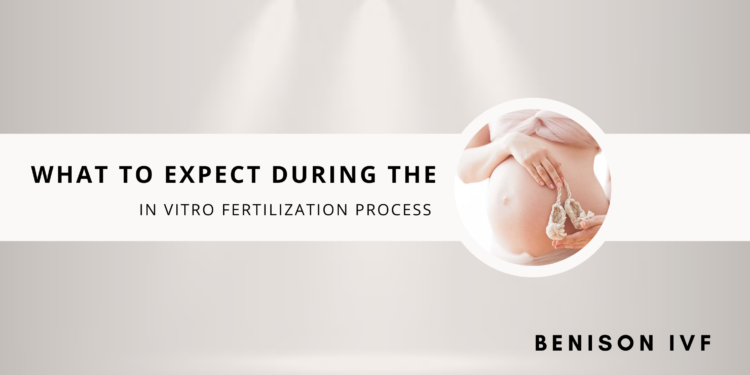In vitro fertilization (IVF) is a process that has been around for decades, but it’s still one of the most effective ways to help couples conceive. At best IVF centre in Delhi NCR involves monitoring a woman’s ovulation cycle, removing her eggs from her body, fertilizing them outside her body, and implanting the resulting embryos into her uterus.
Here are five steps that make up this process:
- Stimulation of ovaries: Your doctor will give injectable hormones or other treatments to encourage the ovaries to create several eggs rather than the one egg that typically develops each month, whether you are utilizing your eggs or those from an egg donor. This increases the likelihood that at least one viable embryo will be available for use throughout the IVF process.
- Egg recovery: After the last “trigger shot” to develop the eggs, egg retrieval is often done as an office-based procedure at your doctor’s office around 36 hours later. Because delaying much longer than 36 hours increases the likelihood of ovulation and the loss of some or all of the eggs, the timeframe of the egg retrieval is crucial. At the best IVF centre in Delhi NCR, intravenous sedation is administered before a transvaginal ultrasound-guided needle aspiration is performed to remove the eggs from each follicle carefully. Multiple eggs are routinely retrieved in around 20 minutes. After that, the eggs are put in a culture medium, and later that day, sperm is introduced for fertilization. You may suffer cramping following the surgery, for which you may be given medicine to ease the discomfort.
- Sperm recovery: On the morning of the operation, you will be asked for a semen sample if you are utilizing a partner’s sperm. Sperm from donors can also be utilized. Or, in rare circumstances, the sperm can be obtained beforehand and frozen. Various techniques can be used to get sperm from men based on their fertility and general health. It can be required to extract sperm in specific circumstances surgically.
- Fertilization: The test tube baby centre Delhi medical team must wait up to 20 hours after the sperm and egg have been joined to assess whether fertilizations has occurred. Before going to step five, the fertilized eggs may then be left to develop in the lab for up to six days.
- Transfer of the embryo: You will return to your doctor’s clinic for the embryo transfer two to five days after the eggs are removed, depending on your particular circumstances. Before the appointment and throughout the first trimester, you will continue taking hormones to strengthen the endometrium, the lining of your uterus. You may often resume all daily activities following the embryo transfer operation at the test tube baby centre Delhi, including exercise. Still, it’s best to delay sexual activity until after the pregnancy test. You can have slight bloating or discomfort in your breasts. A little bloody fluid flowing or cramping might indicate embryo implantation.
